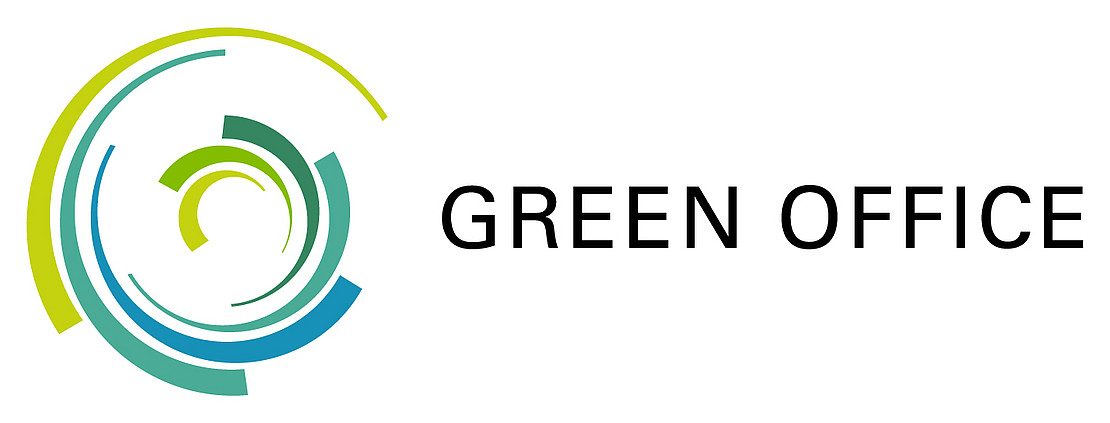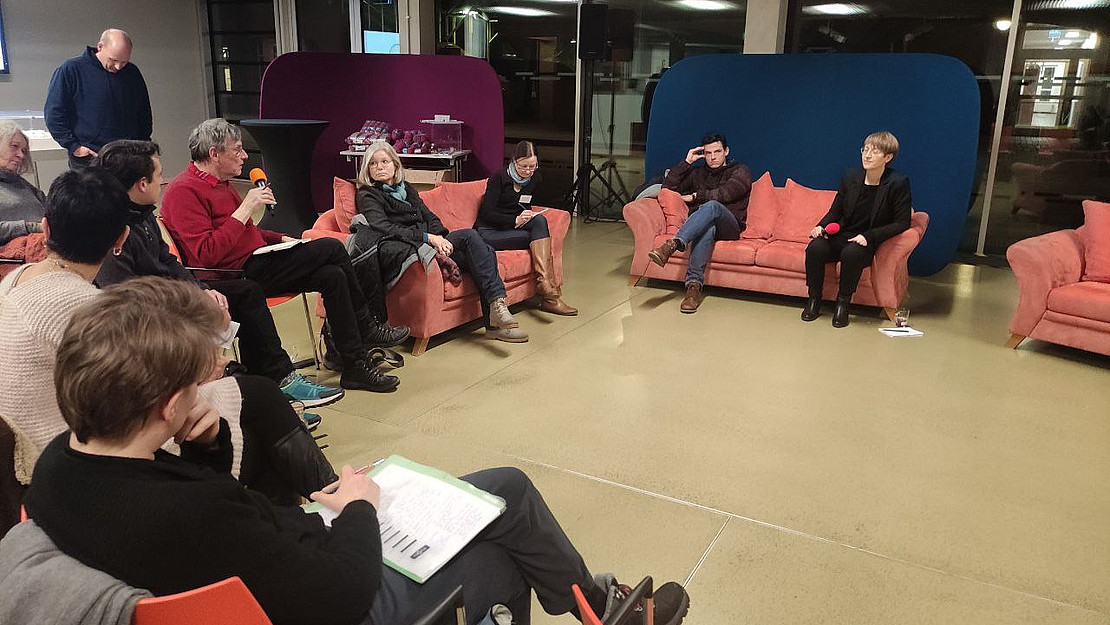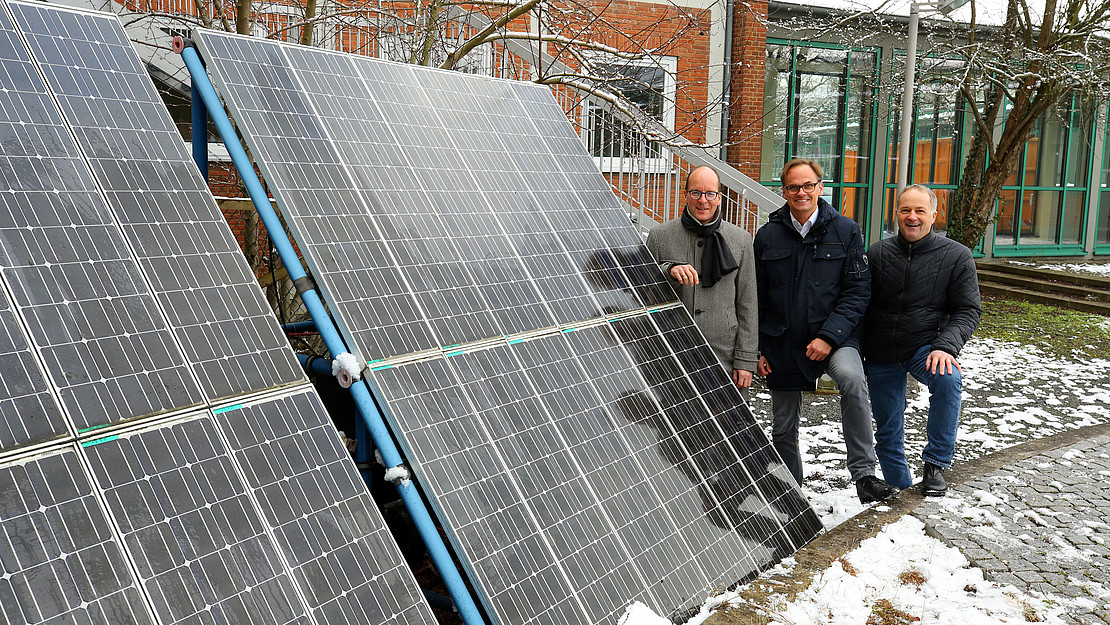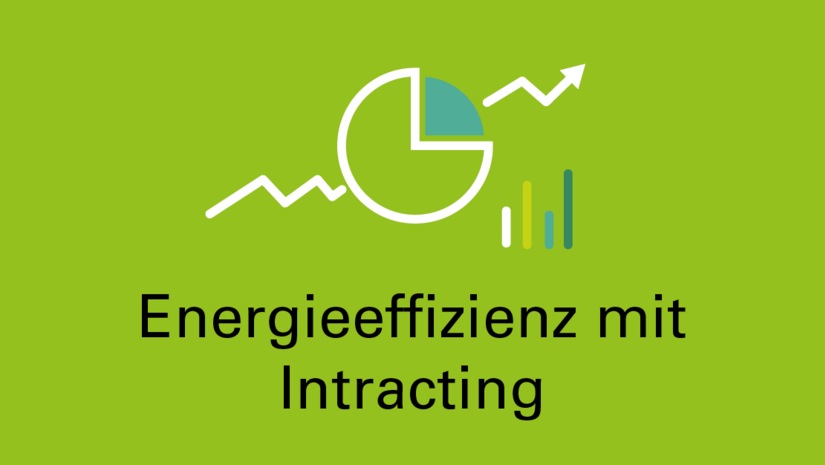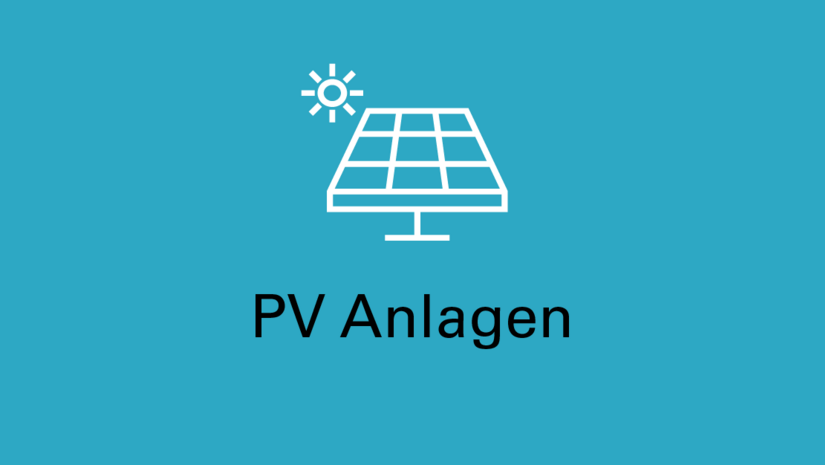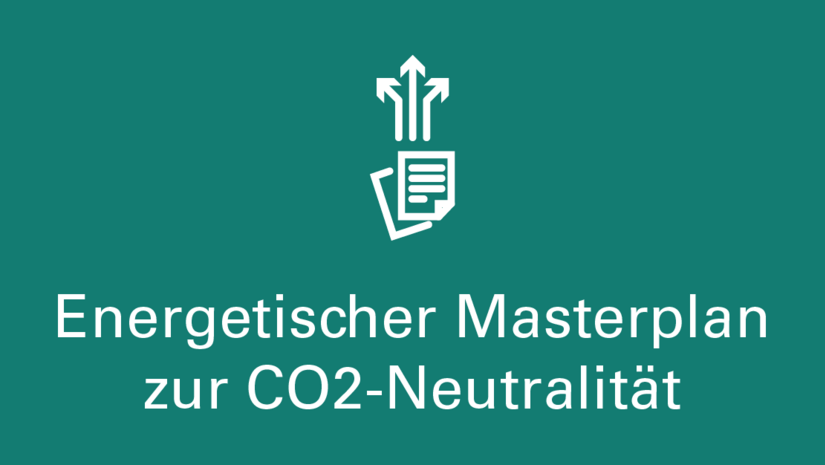Green:Energy
The content on this page was translated automatically.
Projects and measures for sustainable energy supply
Implementation of energy management software to display digitally recorded values. Development of an automatic reporting system.
As part of the EnOpt 2023/24 package of measures, the aim is to create an asset register, optimize lighting control and ensure energy-efficient operation and maintenance by optimizing building automation.
The COME program is a funding program of the Hessian state government as part of theCO2-neutral state administration project. This program primarily focuses on structural energy efficiency measures (roof insulation, window refurbishment, insulation).
According to the European EU Energy Label Regulation, some light sources are no longer permitted after transitional periods. These are to be successivelybe replaced with efficient LED lights. In addition, new control systems (presence control, daylight optimization, etc.) should also be tested and used during the refurbishment. If all refurbishment options are implemented, potential savings of up to 80% can be realized.
When refurbishing existing systems, there is considerable potential for savings in many areas. On the one hand, there is a considerable gain in efficiency in the area of motor and fan technology, which primarily leads to electricity savings. On the other hand, highly efficient heat recovery units (HRU) ensure considerable heat energy savings. If the systems are also controlled according to presence and demand, the efficiency potential increases even further.
This type of refurbishment primarily involves refurbishing the fittings, pumps and safety devices in individual buildings. A 1:1 refurbishment only results in potential electricity savings through the new efficient speed-controlled heating circulation pumps. In addition, the temperature level of the heating system at the University of Kassel is being reduced through needs-based planning, and the hydraulics and control options of the systems are being optimized, including across systems. With these measures, the heat consumption of buildings can be reduced by up to 25 %.
In buildings with a proven significant hot water requirement (halls of residence, laboratories, etc.), this is generated centrally and distributed throughout the building. As long as there is a simultaneous heating requirement in the buildings, heating the hot water heaters with heating water is the most economical form of generation. As soon as there is no demand for heat in summer, except for hot water, the efficiency of this system decreases considerably because the very large heat distribution networks can only be operated with very high losses. For this reason, air-source heat pumps or solar thermal systems are installed for the summer hot water demand, with central generation. This means that the entire heat supply to the properties can be switched off from mid-May to October.
The local heating pipeline at the South Campus is currently being operated at a higher temperature and pressure than we need to heat the buildings. For example, STW Kassel supplies the district heating at an outside temperature of -12°C with a temperature of 120°C and a pressure of more than 16 bar. In the buildings, however, the heat is required at this AT < 90°C and with a pressure < 10 bar. In addition to high network losses due to the temperatures, the high pressure leads to considerably greater wear in the system. After the system separation, the renovation of the heat transfer points becomes cheaper because the fittings and components no longer have to be designed for such high pressures (PN 16 instead of PN 25). Another advantage is that we will be able to hydraulically integrate renewable energy sources (including the CHP) much better in the resulting local heating network.
The University of Kassel has set itself the goal of reducing its energy consumption. For this reason, the departments and facilities are to be supported in the future in the purchase of energy-saving refrigerators and freezers. In 2023, a funding program was introduced to replace old refrigerators and freezers at the university. The funding program was initially launched as a pilot project in one department, with the aim of subsequently extending the appliance replacement scheme to the entire university. The departments can receive funding via the municipal guidelines of the national climate protection initiative (funding rate: max. 40%) as well as an additional grant from the university itself. The Green Office is responsible for processing the funding in conjunction with Energy Efficiency Management.
Improving the thermal insulation of roofs and walls and renovating and sealing windows are the measures that most fundamentally improve the energy consumption of buildings. Implementing these measures reduces energy requirements. Unfortunately, this type of measure is often very expensive and the refinancing is very long-term, so that technical measures are often preferred to structural measures.
Projects
Intracting to save energy costs
A key component of operational sustainability management is the intracting project: targeted measures to reduce electricity consumption and electricity costs generate savings that flow directly into the financing of new energy efficiency measures and lead to a long-term amortization of costs.
Duration: 2017 - 2023 as a project; thereafter an open-ended permanent task
PV on the university roofs
A cooperation project with the cdw Foundation enables the university to increase the proportion of renewable energy sources used to supply energy to its properties. The university invests the savings in electricity costs in other sustainability projects.
Project duration: 2018 - 2028
Energy master plan for CO2 neutrality
The University of Kassel strives to develop its operations in an ecologically sustainable manner, thereby living up to its role model function in society. Of the 111 properties currently under the responsibility of the university, there are around 60 buildings where significant savings potential can be expected through refurbishment measures.
Project duration: October 2021 - December 2025
Energy optimization of system operation
In order to achieve the goal of a largely climate-neutral university in the foreseeable future through a targeted improvement in environmental performance, the energy and resource consumption of the buildings at the University of Kassel is to be reduced in order to avoid the associated carbon dioxide emissions. In this project, the focus is on the energy-optimized operation of the existing technical infrastructure of the properties.
Project duration: October 2021 - December 2025
